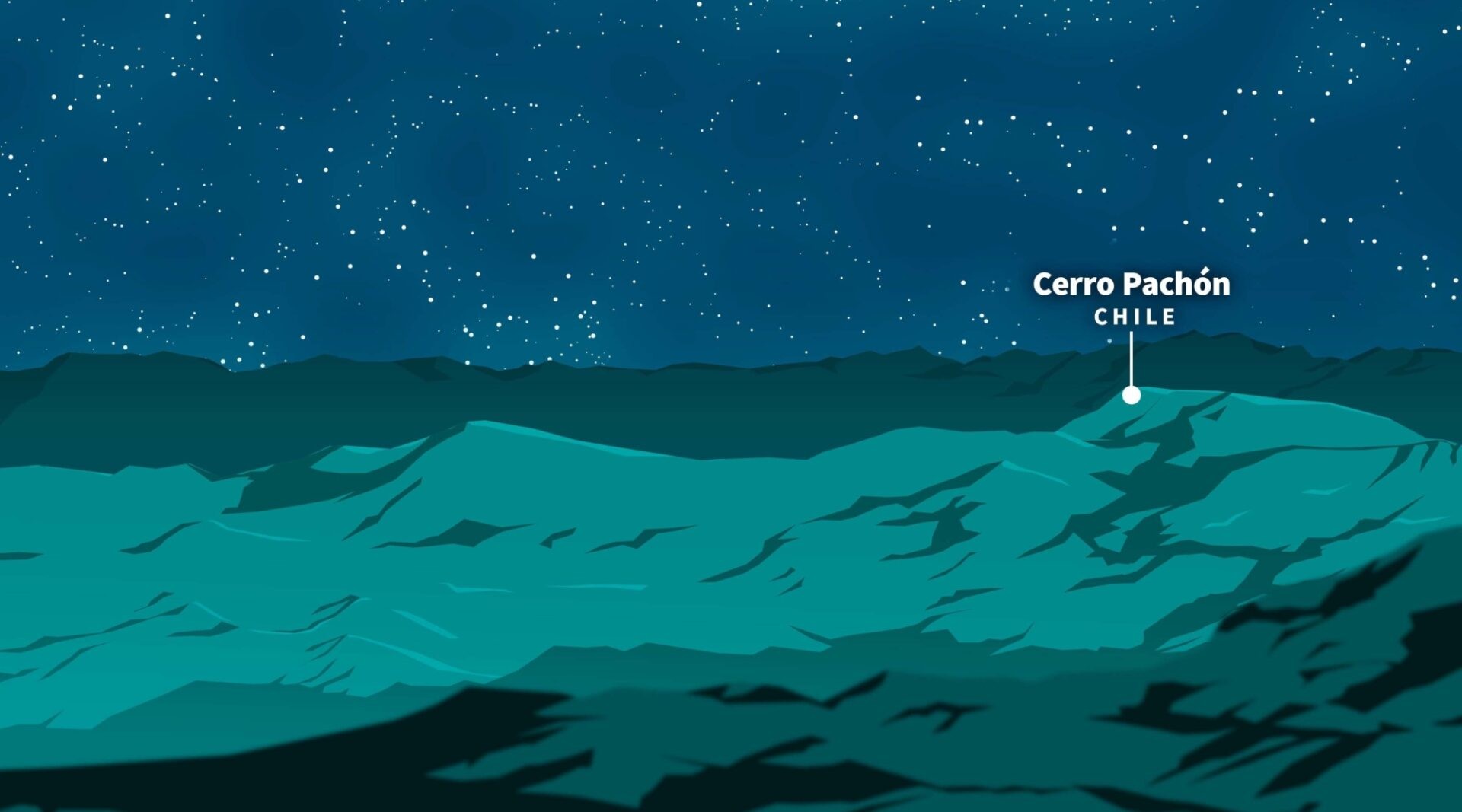Rubin in Chile
Rubin Observatory is privileged to operate and conduct research on Cerro Pachón in Chile. Chile's dry air and dark skies make it one of the greatest places on Earth for everything from casual stargazing to studying light from space to try and answer some of our biggest questions about the Universe.
Cerro Pachón was selected as the site for Rubin Observatory because it’s an excellent place to conduct high-quality astronomical and astrophysical science (you can read more about that on our site selection page). AURA, the organization that manages Rubin for the National Science Foundation, has operated astronomical facilities in Chile since the early 1960s, and has historically reserved 10% of the observing time at these facilities for Chilean scientists. Because Rubin Observatory is a survey telescope, which means that there isn’t a specific scientist observing at any given time, scientists at Chilean institutions will have privileged access to Rubin Observatory data from the Legacy Survey of Space and Time (LSST).
Many Chilean people and organizations have contributed to the construction of Rubin Observatory! We’ve gotten support from places ranging from the Research and Education Network of Chile (REUNA), which allows Rubin Observatory to use its national fiber optic network to transfer data, to the local governments in Coquimbo and La Serena, who helped with permits and logistics for transporting some of our huge pieces of equipment through populated areas. Rubin also has dozens of team members, directly on our staff or working with our associated vendors, who are proud Chilean nationals.
Want to visit us in Chile?
We’re excited to announce that public visits to Rubin Observatory are now open for reservations! Starting in January 2026, visitors will have the opportunity to explore our facilities on Cerro Pachón and learn about Rubin's decade-long Legacy Survey of Space and Time (LSST) in person.

